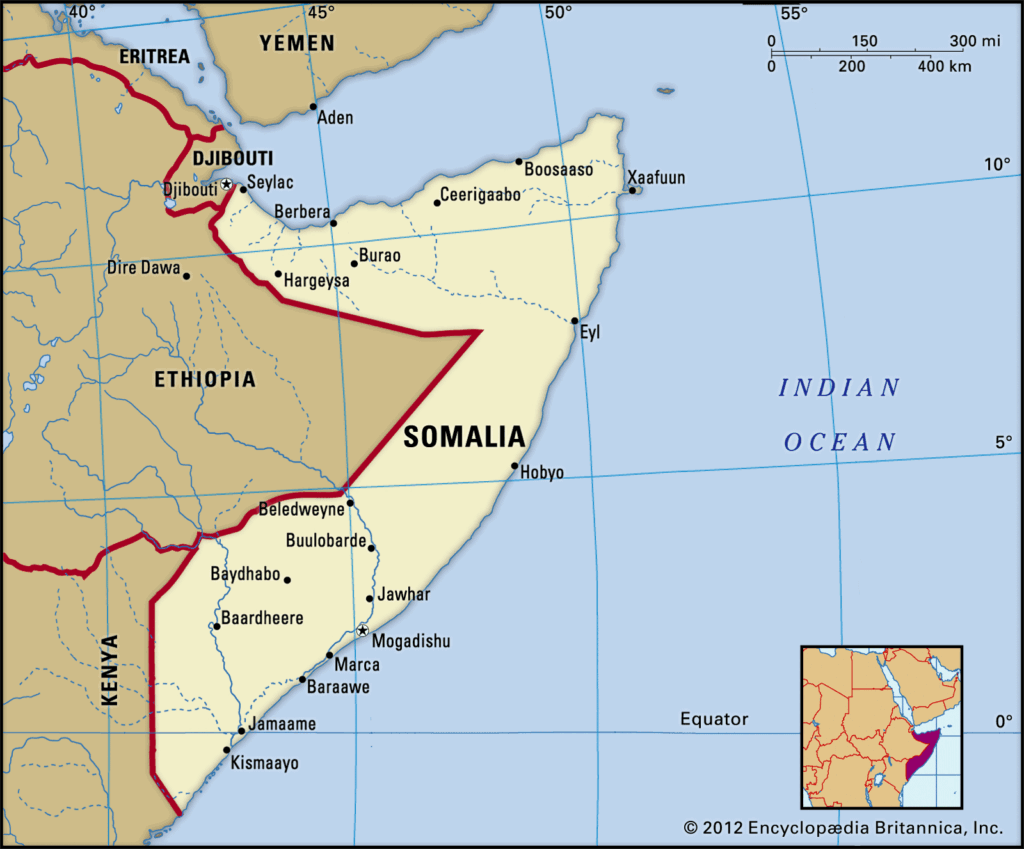Droughts 2021 in Somalia
While the rainy season in some parts of Somalia has yet to receive rain, the potential for drought in Somalia has intensified.
In November, the drought affected 2.6 million people, while 115,000 people were displaced due to the drought.
Most of the water sources have dried up and the rest have been left with stagnant water which is unhygienic for drinking and general health.
The government and aid agencies trying to play their part are among the first to take action in some areas of the drought although they have not reached all the areas hardest hit by the drought.
During the Deyr season (October-December) and expected rains across Somalia, three consecutive rainy seasons in Somalia received insufficient rainfall, while some areas did not receive any rainfall, according to the FAO.
The worst affected areas include central and southern Somalia, which is currently facing a dire humanitarian situation.
The effects of drought are not limited to thirst and lack of water. It also inherits serious diseases that cause as many deaths as there are now outbreaks of cholera and diarrhea that have affected areas such as Lower Shabelle such as Afgooye. Baidoa, Marko and Qoryooley.
The Galmudug and Banadir administrations are also reported to be affected by the disease, especially in the camps where large numbers of IDPs have gathered.
It regularly publishes articles from the United Nations Office for the Coordination of Humanitarian Affairs (OCHA) in Somalia, reporting across the country on the effects of the drought.
It was only recently reported that the Somali government declared a state of emergency across the country in response to the ongoing drought in the country.
So what could be the solution that Somalia needs at the moment?
1. First humanitarian assistance should be provided to drought-affected areas while evacuation of people and animals to critical areas such as Gedo.
2. Establish a provisional plan for the rescue of drought-displaced people in the camps, such as providing a clean environment conducive to livelihoods and focusing on ensuring the health status of the IDPs.
3. Develop a plan of action to determine the fate of the people affected by the drought and to provide them with protection before they are severely affected by the drought.
Finally, Somalia has always been vulnerable to any humanitarian crisis and it is the responsibility of all the country\’s leaders, academics, youth and all sectors of society to find lasting solutions to God\’s natural predestined problems.
The End
Written: Majid Hussein


